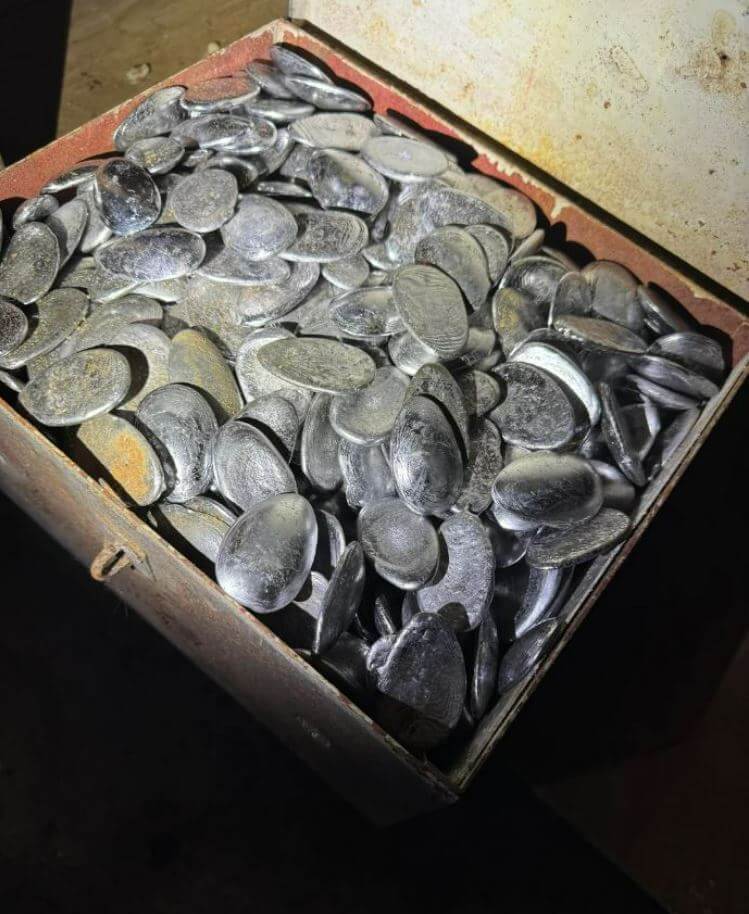At first glance, it might look like an old-fashioned kitchen utensil, the kind you’d expect to find tucked away in a shed, garage, or forgotten toolbox. But this heavy cast iron spoon wasn’t designed for cooking—it had a far more surprising purpose. This simple tool was once known as a cast iron spoon bullet mold, and it played an important role in everyday life.
A Surprising Tool Hiding in Plain Sight
Back in the day, families often used cast iron spoons to melt down lead. Once liquefied, the metal was carefully poured into molds to create bullets or fishing sinkers. What may sound like a factory job today was actually done right at home. Scrap lead came from old pipes, machinery, or even discarded car parts. With nothing more than a spoon, a mold, and an open flame, households could produce the tools they needed for hunting and fishing.
Hands-On Lessons From Everyday Life
This practice wasn’t just about practicality—it was also about passing down valuable skills. Children often sat nearby, watching as their parents melted and molded lead. Over time, they learned how to do it themselves, gaining patience, precision, and respect for the dangers involved. Beyond the skills, it was also about connection. Families weren’t just buying what they needed; they were making it together. The pride and self-reliance that came from these traditions shaped the character of daily life.
Bringing Back the Old Ways
While modern manufacturing has long replaced the need for homemade bullets or sinkers, there’s a growing movement to revive these forgotten crafts. Hobbyists, survivalists, and history enthusiasts are rediscovering the process, using cast iron spoon molds in workshops or community groups. For many, it’s about more than just crafting—it’s about touching a piece of history with their own hands.
A Symbol of Ingenuity and Tradition
So, the next time you stumble across an old cast iron spoon, remember—it may not have been a kitchen tool at all. It represents resourcefulness, creativity, and a way of life built on self-reliance. Far from being just a piece of metal, it’s a symbol of American ingenuity and the traditions that once held families together.
